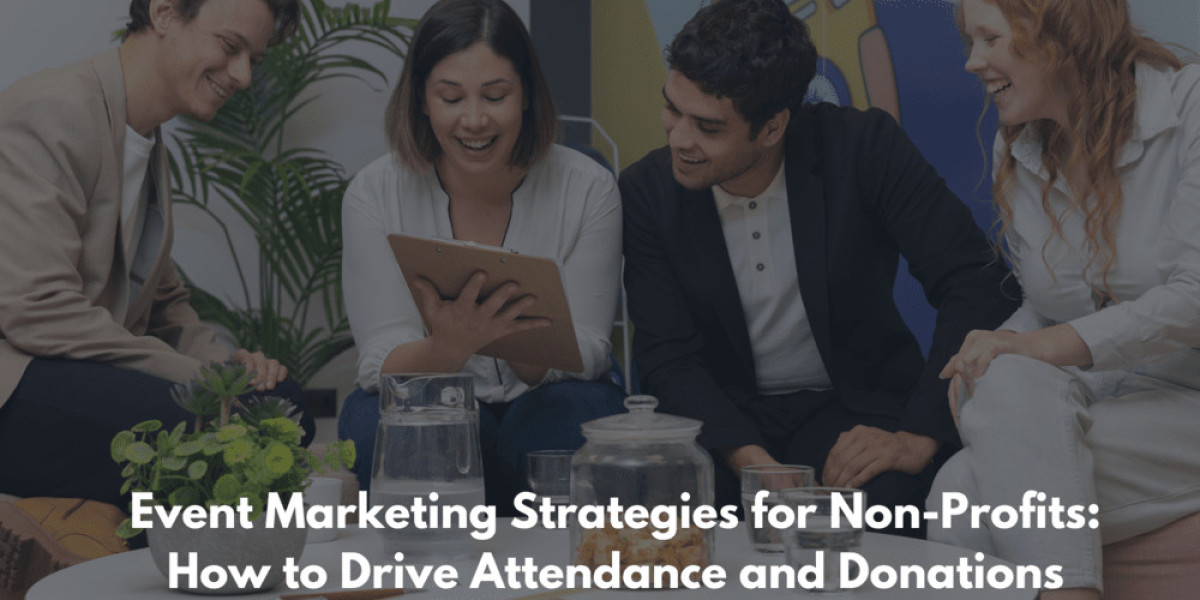Organizing events is a powerful way for non-profits to raise awareness, engage with their community, and generate donations. However, the success of these events hinges on effective marketing strategies. This blog will explore innovative event marketing strategies that non-profits can use to drive attendance and maximize donations, while integrating martech tools and gaining visibility through platforms like Ciente.
Understanding the Importance of Event Marketing
Event marketing for non-profits is more than just promoting an event; it's about creating an experience that resonates with your audience and motivates them to support your cause. By leveraging the right strategies, non-profits can enhance their outreach and impact.
1. Leverage Martech for Targeted Campaigns
Martech, or marketing technology, can significantly enhance the effectiveness of your event marketing campaigns. Tools like customer relationship management (CRM) systems, email marketing platforms, and social media analytics can help non-profits understand their audience better and create targeted marketing campaigns.
Example: Use a CRM system to segment your audience based on past interactions and tailor your email campaigns to different donor groups, ensuring personalized and relevant communication.
2. Create Compelling Event Content
Engaging content is key to capturing attention and generating interest in your event. Create a mix of content types, including blog posts, videos, infographics, and social media posts, to promote your event.
Strategy: Share stories of individuals or communities that have benefited from your non-profit’s work. This not only highlights the impact of your organization but also emotionally connects potential attendees and donors to your cause.
3. Utilize Social Media Platforms
Social media is a powerful tool for promoting events and reaching a wider audience. Create a social media marketing plan that includes regular posts, live updates, and interactive content to engage your followers.
Tactics:
- Launch a hashtag campaign to encourage user-generated content and create buzz around your event.
- Use Facebook Events and LinkedIn Events to invite and remind your followers about the upcoming event.
4. Collaborate with Influencers and Partners
Partnering with influencers and other organizations can expand your reach and lend credibility to your event. Identify influencers who align with your cause and collaborate on promotional activities.
Example: Have influencers share your event details on their platforms or participate in your event as speakers or hosts to attract their followers.
5. Optimize for SEO
Search engine optimization (SEO) is crucial for increasing the visibility of your event online. Optimize your event pages and content with relevant keywords such as "event marketing strategies," "non-profit event," and "drive donations."
Tip: Publish articles and press releases about your event on tech publications to boost your SEO and reach a broader audience. Mentioning martech solutions and their impact on non-profit event marketing can make your content more relevant and valuable.
6. Engage with Email Marketing
Email marketing remains one of the most effective ways to communicate with your audience. Use it to send out event invitations, reminders, and updates. Make sure your emails are compelling and include clear calls to action.
Strategy: Create segmented email lists to send targeted messages to different groups, such as past attendees, major donors, and volunteers. Personalization can significantly increase engagement rates.
7. Incorporate Online Registration and Donation Tools
Simplify the registration and donation process by integrating online tools. Make sure your event website is user-friendly and mobile-optimized, allowing attendees to register and donate easily.
Tools: Use platforms like Eventbrite for ticketing and registration, and integrate donation tools like PayPal or Stripe to facilitate seamless transactions.
8. Analyze and Optimize
After the event, analyze the performance of your marketing strategies. Use analytics tools to gather data on attendance, engagement, and donations. This information can help you understand what worked well and what needs improvement for future events.
Example: Track metrics such as email open rates, social media engagement, and website traffic to gauge the effectiveness of your marketing efforts.
Conclusion
Effective event marketing for non-profits requires a strategic approach that leverages martech, creates compelling content, utilizes social media, and optimizes for SEO. By implementing these strategies, non-profits can drive attendance, increase donations, and make a greater impact. Additionally, gaining visibility through tech publications can further enhance your reach and credibility. Embrace these tactics to ensure your next event is a resounding success.















